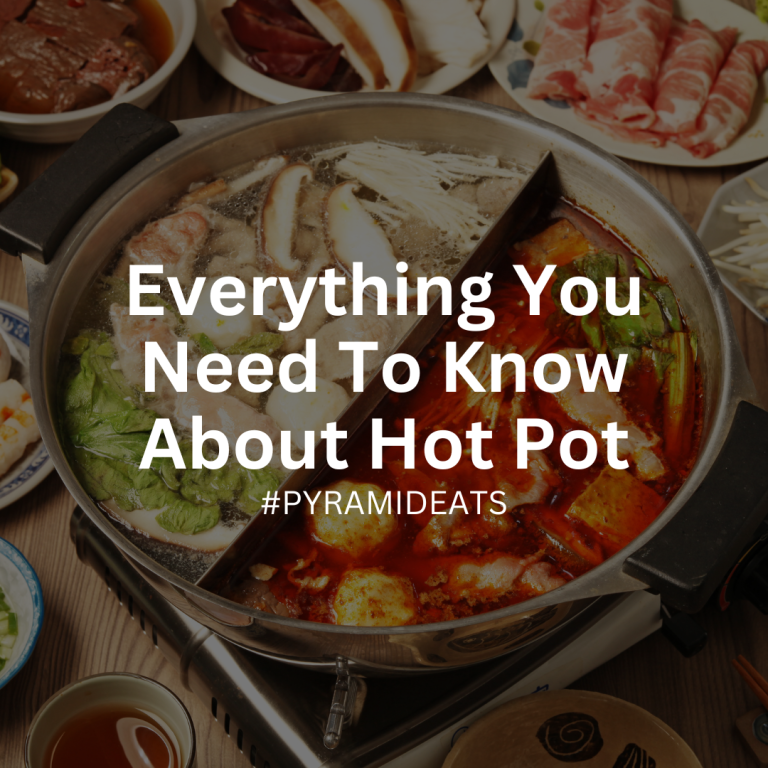
Everything You Need To Know About Hot Pot
food
30 May 2024
Regional Chinese cuisine has been taking the world by storm. From Xi'an-style noodles to Shanghainese soup dumplings, the list goes on. Out of these various styles of cuisines, one has emerged, and has established an impressive following in Malaysia - hot pot. Here is everything you need to know about enjoying this communal dining experience.
What is hot pot?
*photo credits to London Eater
"Hot pot" is not so much a dish but more of a dining experience. Hot pot embraces the idea of "active participation" when dining - a group of friends or family team up to cook an array of ingredients - thinly sliced meat, vegetables, noodles, and more in a single pot with broth that is heated by an induction burner or electric range. Once cooked, you dip it in your favourite sauce, and repeat!
Where did hot pot come from?
Hot pot has many forms and variations, and each has its own story. Hot pot originated in China over a thousand years ago. When the Mongols were in China, Mongolian horsemen who were nomads and accustomed to eating whatever they could find would often use their metal helmets as pots to boil water and throw in any meat or vegetables they found. They would create their own versions while traveling through China, adding local ingredients from different regions.
It must have been delicious because that practice made its way through China and East Asia. Each region adds a twist with different ingredients like beef, lamb, and seafood.
What is in hot pot?
There are 3 basic components to hot pot: broth, dipping ingredients, and sauces.
Broth
*photo credits to Asian Inspirations
When you step into a hot pot restaurant in Malaysia (that is not halal), the most common types of broths you'll come across are collagen soup, wild mushroom soup,Thai tomyam, and even spicy mala. For non-halal restaurants, the broths are commonly pork-based, but if you're looking for a halal option, the broths are chicken/beef-based.
Dipping ingredients
This is where the magic happens. Restaurants will usually offer a good mix of thinly sliced meat - from wagyu beef, pork shoulders and belly, to seafood - meatballs, vegetables, fish balls, rice cakes, and noodles are also on the menu. Some restaurants will even provide platters with a good balance of proteins and vegetables.
Sauces
Most places serve a variety of dipping sauces for your cooked ingredients. Some might even offer a whole DIY station for you to get creative. There will be ingredients like minced cilantro, oyster sauce, sesame oil, black vinegar, and sometimes....more! Here's a tip: If you see chive flower sauce on the menu, order it! It's packed full of umami and tastes amazing with everything!
Now that you know everything about hot pot, are you ready to give it a try? Here's a list of hot pot hot spots in Pyramid!






